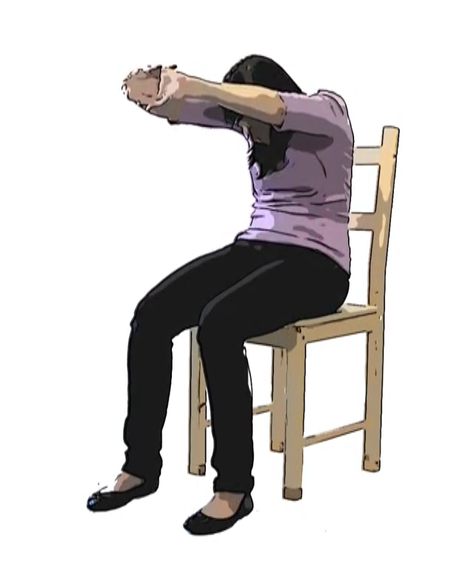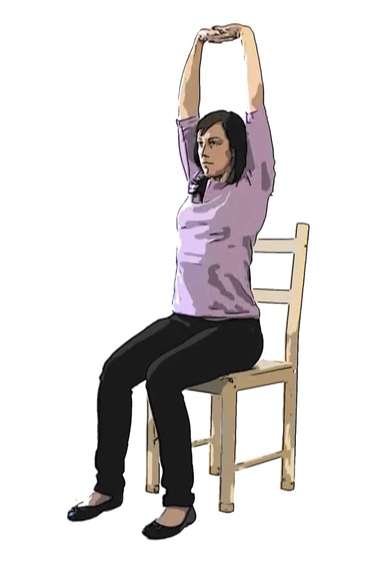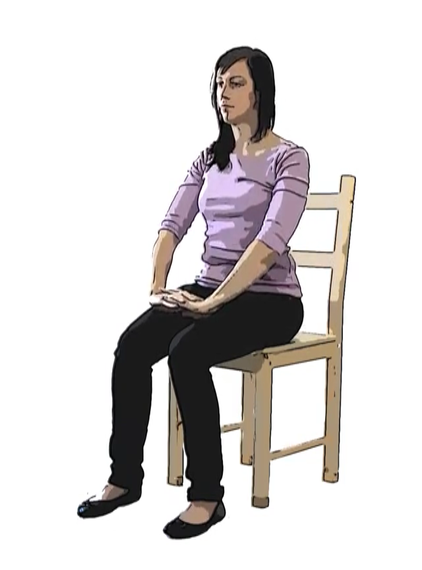Habits -- Good; Bad; Conscious; Unconscious -- our daily lives are laden with them.
You need to build a deeper awareness of your body to start building better posture; and this takes lots of practice.
Nothing is stronger than habit -- Ovid
Most adults will pause to take stock of their life at regular intervals. One of the most common outcomes of such reflection is an inventory of our personal habits.
We sort them using value judgments. Bad habits are those that we would like to lose -- forever -- for whatever reason.
Good habits are those that we perceive as adding value to our lives.
It's actually unfortunate that habits often hold a negative connotation. This is likely due to the fact that bad habits are hard to break, and can often be associated with a kind of self-loathing. However good habits are a significant source of personal fulfillment and confidence.
A really successful strategy to breaking bad habits is to replace the thing you want to lose, with activities toward a goal that you want to achieve.
In fact, let's start with a simple re-framing -- it's not about breaking bad habits, it's about developing good ones.
Switch off and tune in.
When we take stock of our habits, it tends to be the conscious ones that we identify and focus on.
The first thing to understand in rebuilding your posture is that you have to unwind a set of unconscious habits.
The way that we hold ourselves throughout the day, and sit at our computer, is the result of a lifetime of habitual behavior. Many of us are not connected in with our posture, and this is exacerbated by stress and deadlines -- where our focus is on completing a task rather than how our body feels. Stress itself can be associated with a range of postural bad habits, typically a tightening through the shoulders, neck and abdominal muscles.
The first positive habit you need to adopt is simply taking a regular break. This might sound easy, but for most of us it actually isn't.
To reconnect with our posture, and build awareness around how we sit and stand, you need to take a break from that urgent task and take your awareness into your body.
There is power in pausing, which can help us prioritize and make a difference to our perceived stress levels. Our five-minute breaks, if we use the time well, can help us maintain a calm and productive day.
Rather than filling your break with time on Facebook, dedicate the time to some mindfulness --which in this case is an attention to how you might be sitting or standing.
Developing a habit where breaks become an opportunity to attend to your body as well as clear your mind can help you feel a lot less tired at the end of the day.
Practice makes perfect for developing the type of awareness that builds a healthy posture. Each time you take a break focus on a different part of your body -- maybe focus on how your feet are connected with the ground, or how your head and neck are orientated in space.
The more you do this, the more physical insights you will attain. Start to turn on your awareness to how your body carries the stress of a deadline, or the anxiety of an uncompleted task, and how this influences your posture.
Effective Desk Stretches That Will Reboot Your Day
Taking a break and developing body awareness are the first habits to adopt and nurture. After this, you are going to need some guidance on building a new and better posture.
Here is an effective stretch that is perfect for a mini break that will give your mind and body a recharge. The key is to perform stretches mindfully -- take the opportunity to take your awareness inside your body, and link your movement to your breath.
Begin the stretch from a sit tall postural position.
Locate your sit bones and bring your attention to the neutral curves of your spine. Then relax your face and soften your jaw. Take a deep breath in, and then allow tension to be released from your body as you exhale the breath.
Warm the Spine
a. Interlace your fingers in front, palms facing towards you -- inhale while turning your palms away from you.
b. Exhale, extend your arms in front, keeping the fingers interlaced -- and slowly begin to move vertebra by vertebra to round through your spine -- breathe.
c. Bring awareness to your core -- inhale, and lengthen the spine to sit tall.
d. Exhale, take your arms overheard -- palms now face the ceiling.
e. Reach up through your palms -- release your shoulders away from your ears.
f. Take 3 deep breaths.
g. Each time you exhale, use your awareness to release any remaining tension along with the breath and very gently, see if it is possible to take your hands a little further back from center, without any strain.
h. When you are ready, exhale and slowly lower your arms.
If you would like some office break guidance my app -- Salute the Desk -- will help you to perform a range of yoga stretches and postural awareness routines and guided relaxations right at your desk.


